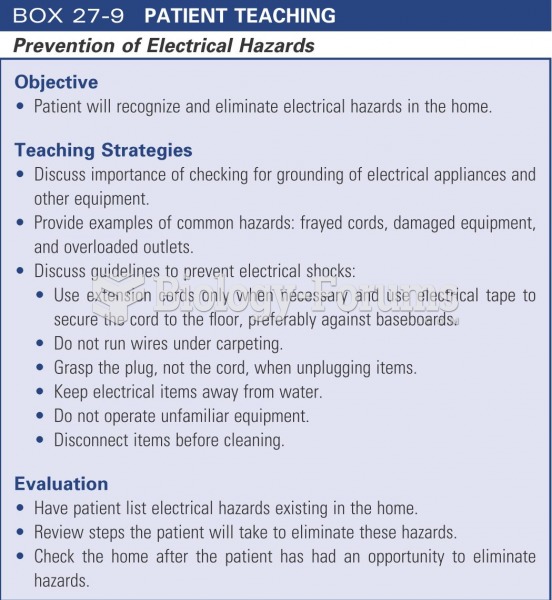Answer to Question 1
The VLCD needs to be monitored on a routine basis and is expensive. While taking liquids instead of solid food is beneficial for some, it is a drawback for others. Also, some symptoms are common such as headaches, fatigue, and dizziness. The symptoms will subside with time. Hair loss may result in the middle of the fast even though the patient is receiving a seemingly adequate intake of protein. Gallstones could also be a problem but can be prevented with an occasional small amount of fat in the diet to cause the gallbladder to contract.
Answer to Question 2
One reason it is so difficult for individuals of this size to lose weight is the that the slow weight loss on standard diets is discouraging. On a VLCD diet, with the proper supervision by an RD, MD, psychologist, and exercise physiologist, weight loss of 3 - 5 lbs per week the first few weeks can be obtained. This will help to motivate the patient and can cause an effective improvement in blood glucose, lipid values and blood pressure1,2,3 . Additionally, most of these programs remove the subjects from all solid food and instead provide nutritionally balanced liquids that are low in kcals. The psychologist teaches the patient how to develop a new lifestyle while the nutritionist reinforces this with additional instruction in nutrition, cooking methods, and eating behavior, etc. During this time the exercise physiologist is teaching the patient an exercise program and the MD is routinely examining him and monitoring blood and urine analyses.







